The Flea-Scope User's Guide (including some "how it works" internals and full specifications) is here: https://rtestardi.github.io/usbte/flea-scope.pdf
A preliminary video introduction is here.
BTW, I just got assembled boards back from pcbway.com and they are beautiful and work on the first try!!! This is my first time doing PCB assembly and panelization -- I cannot believe how easy they made things! They confirmed BOM before I even ordered and identified a part that was not stocked (the MCU is ramping up production now) and we were able to find a suitable alternative (part with a bit more flash for an extra $0.30). Then they confirmed a component value I labeled as 4k when it was actually 4.02k -- they clearly checked and double-checked everything! Finally, they sent me pictures of component placements and confirmed pin 1's and rotations prior to final build. All the careful attention to detail of the pcbway.com team paid off! Thank you pcbway.com! You can even order boards from them here (now that I know they work!).
 Richard Testardi
Richard Testardi
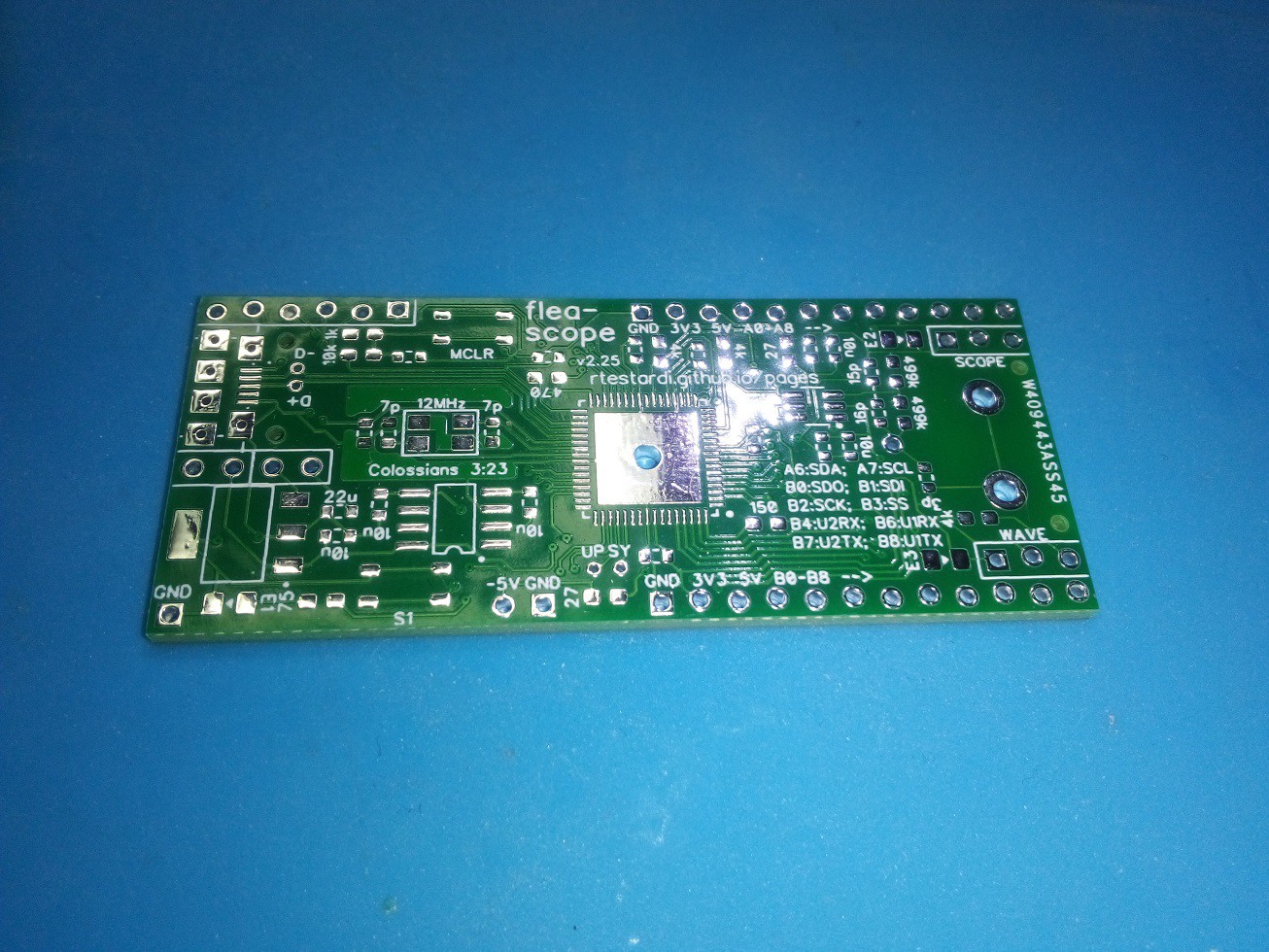
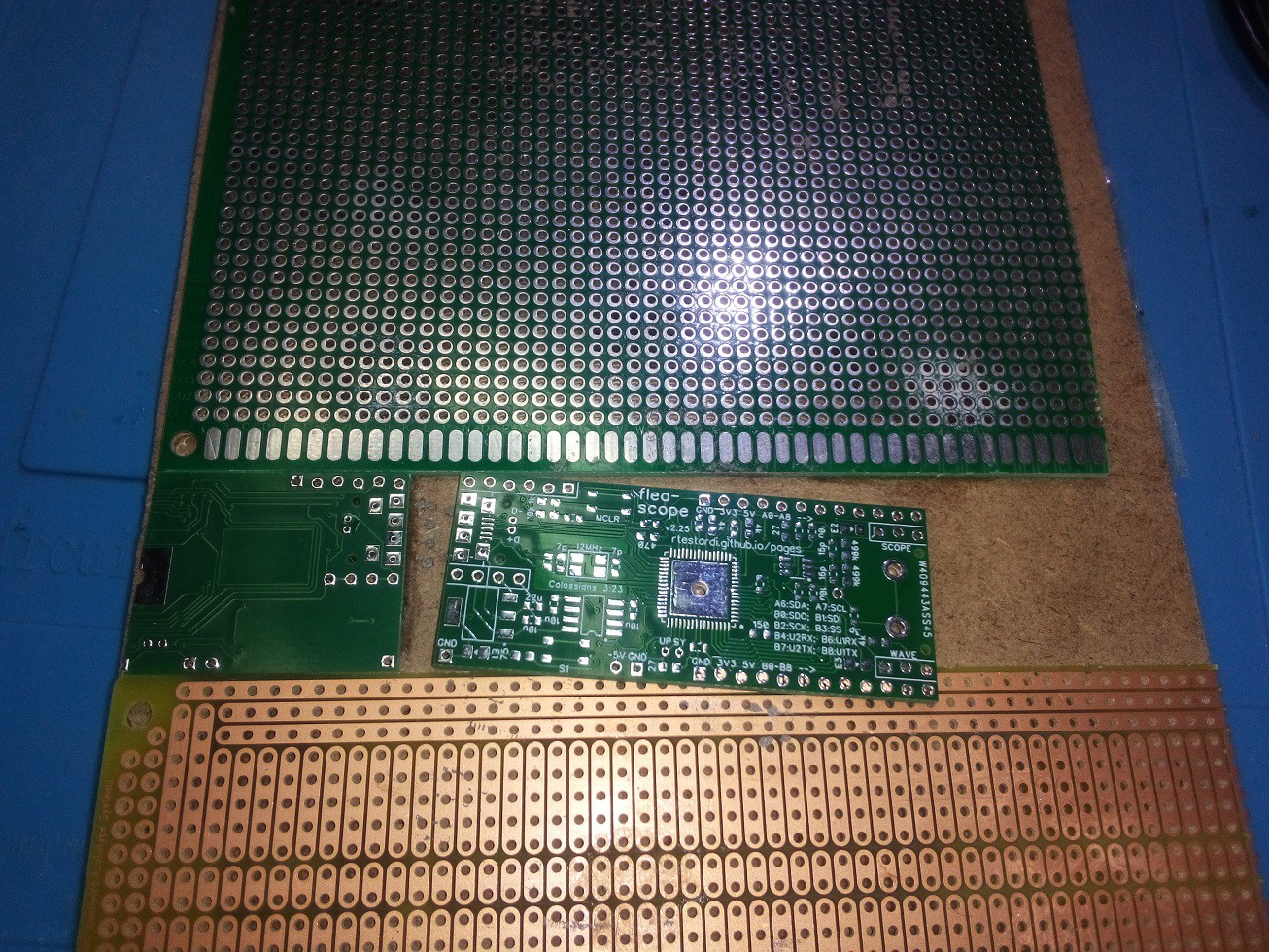
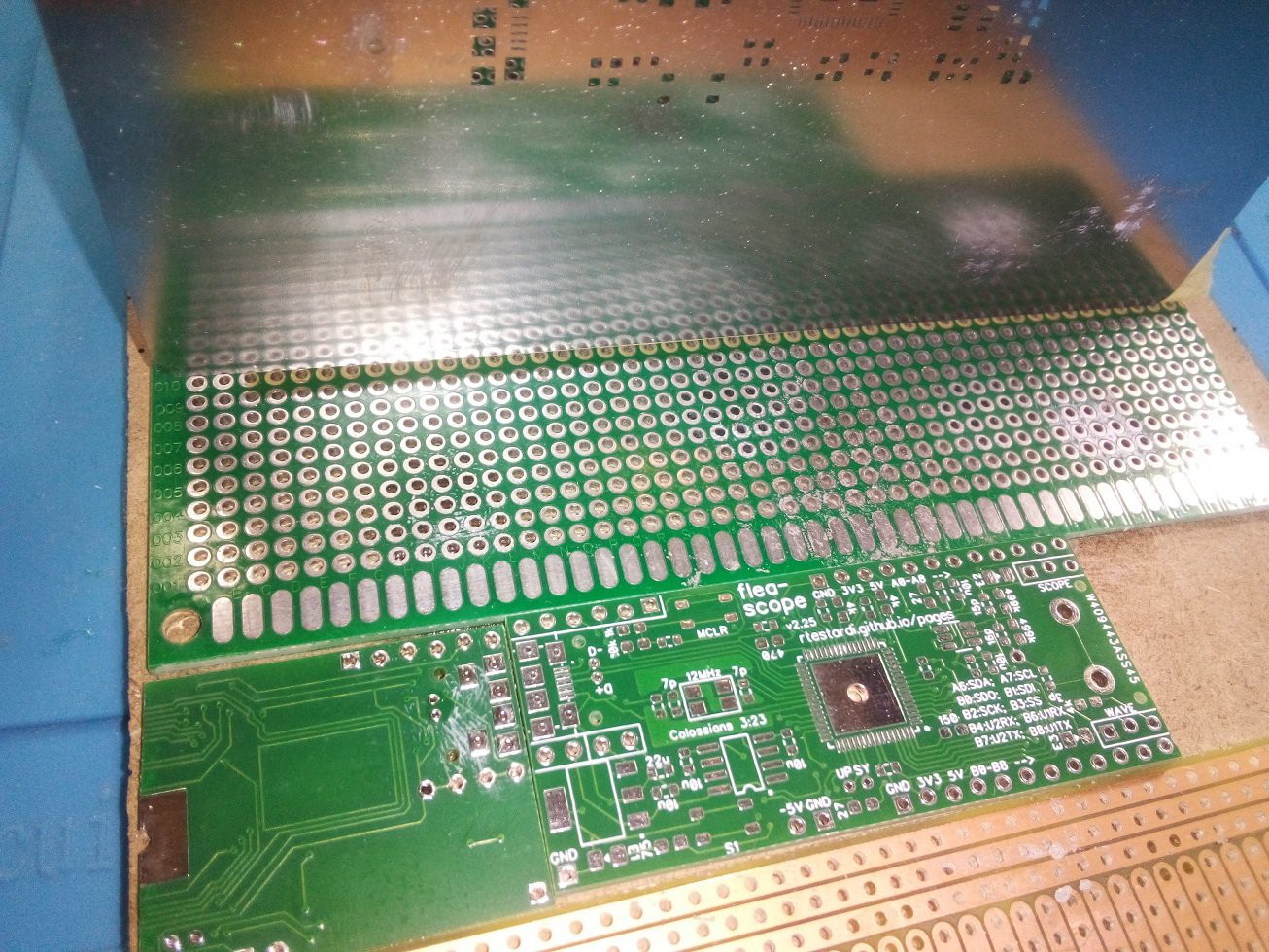

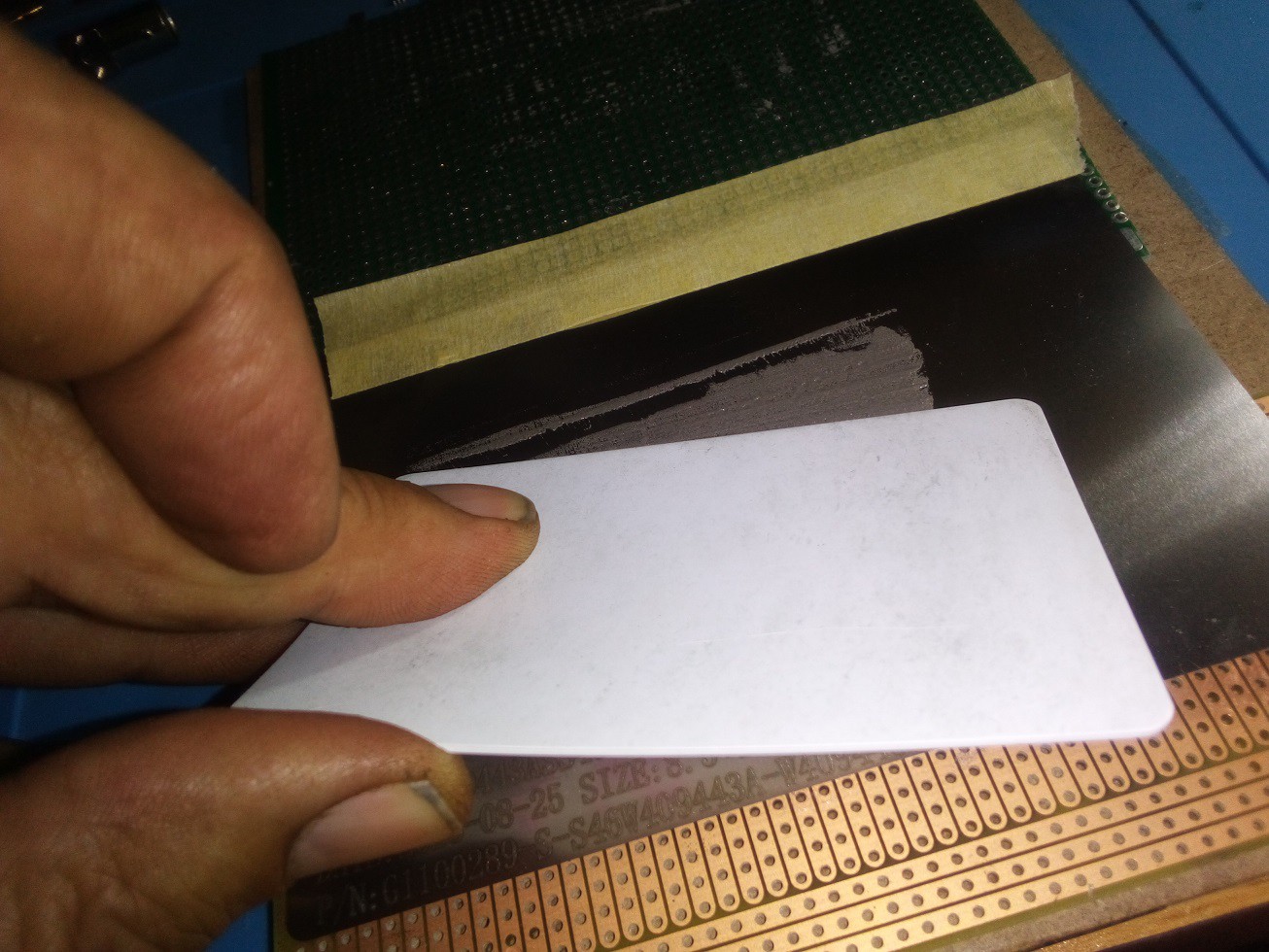

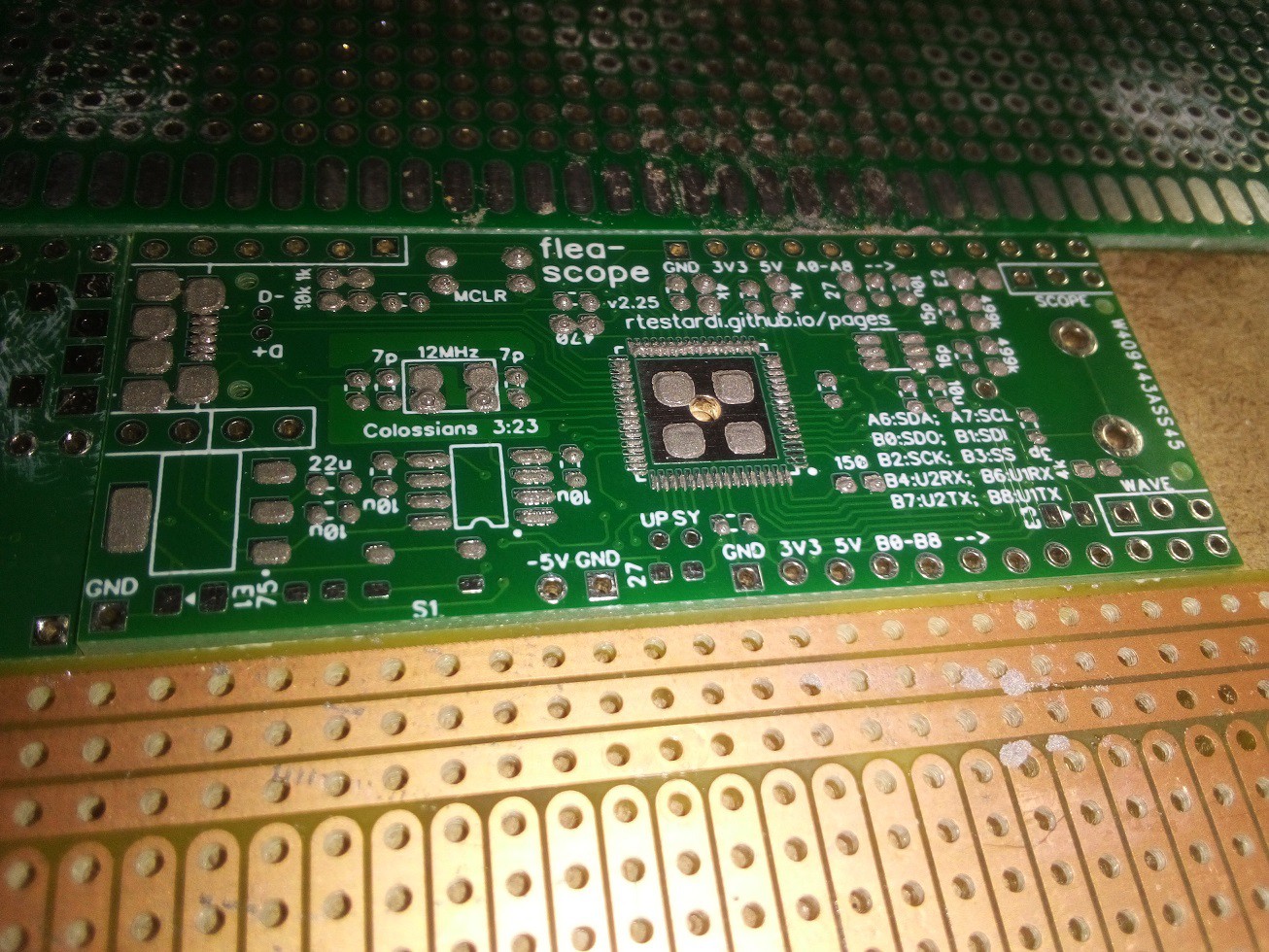
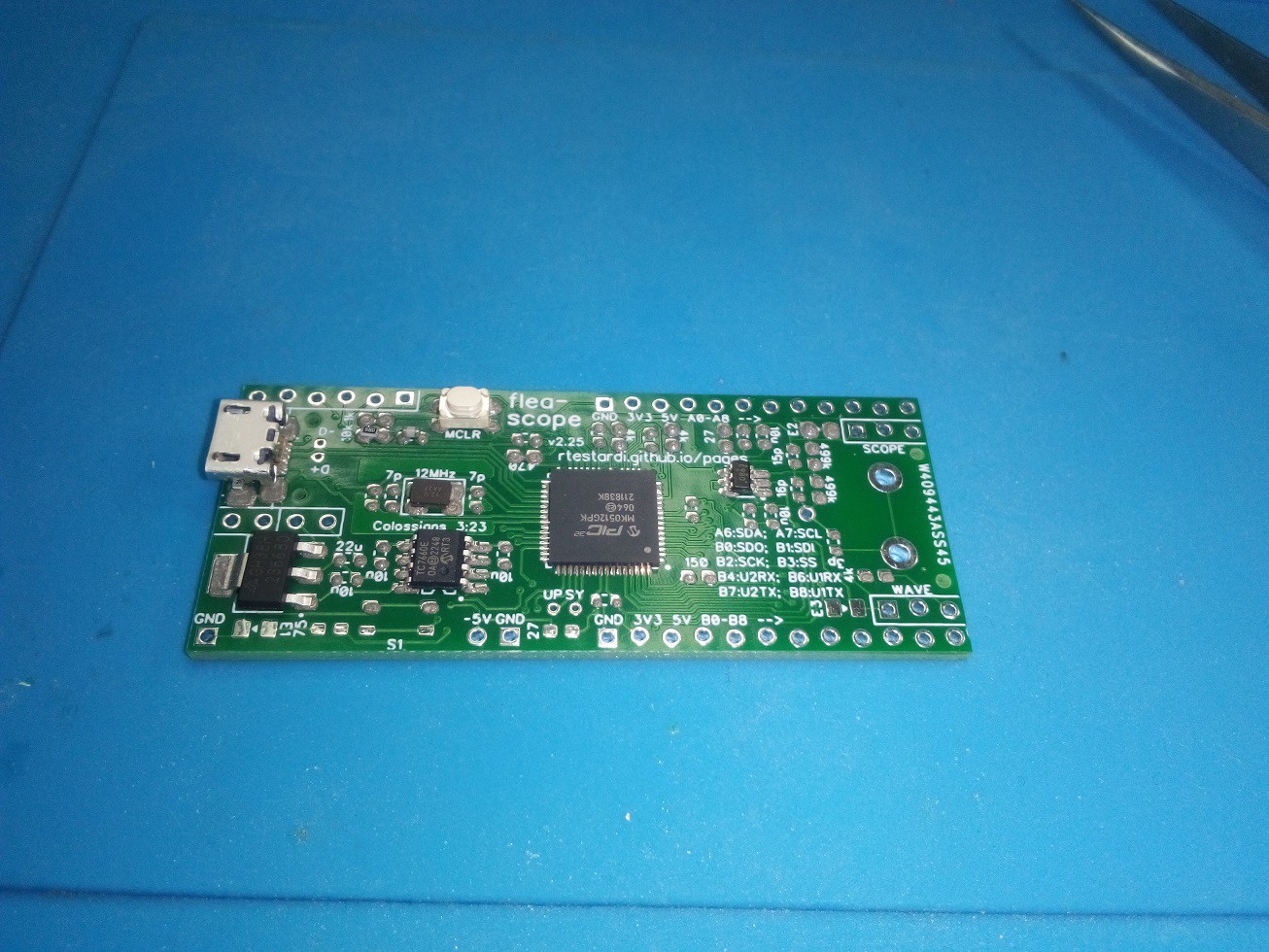


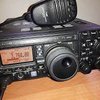


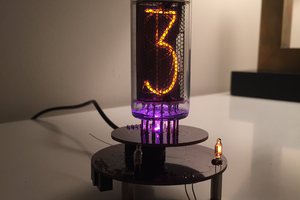
 Paul Andrews
Paul Andrews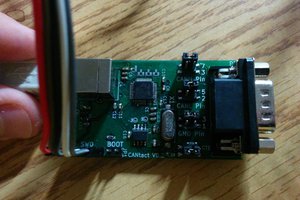
 Eric Evenchick
Eric Evenchick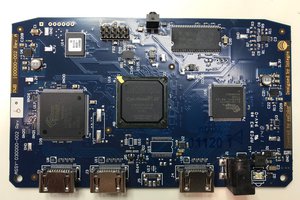

 Sophi Kravitz
Sophi Kravitz
I am considering doing my own layout. I don't need the scope part as I just want the Basic software. I will ground the input that came from the opamp. Anything else I should know?